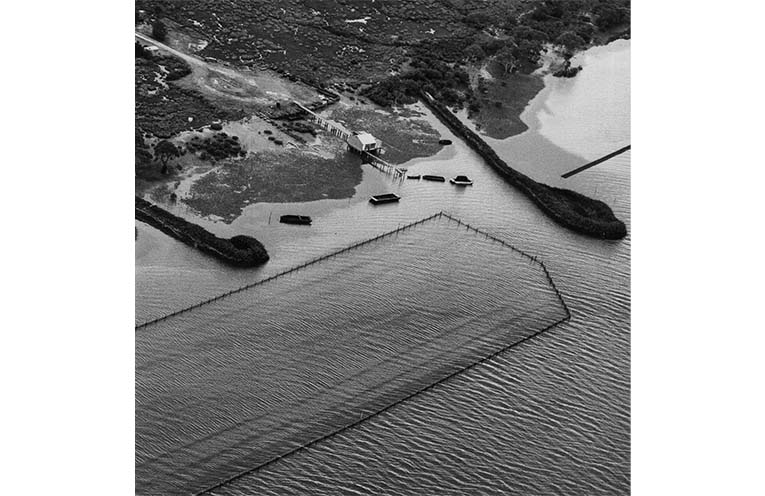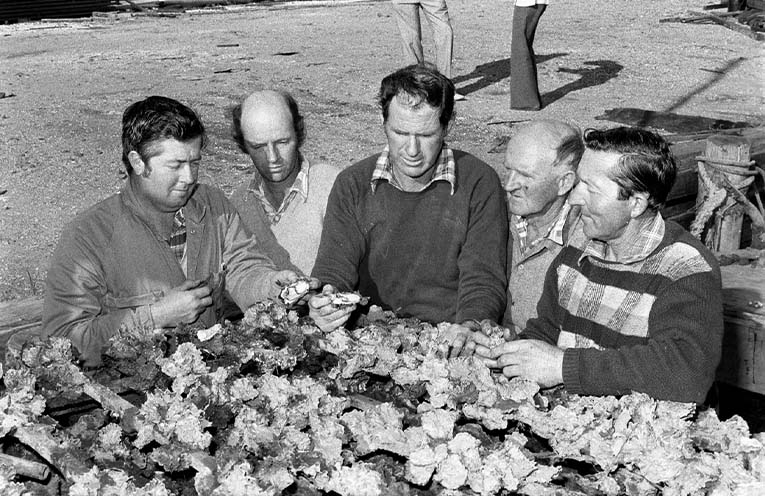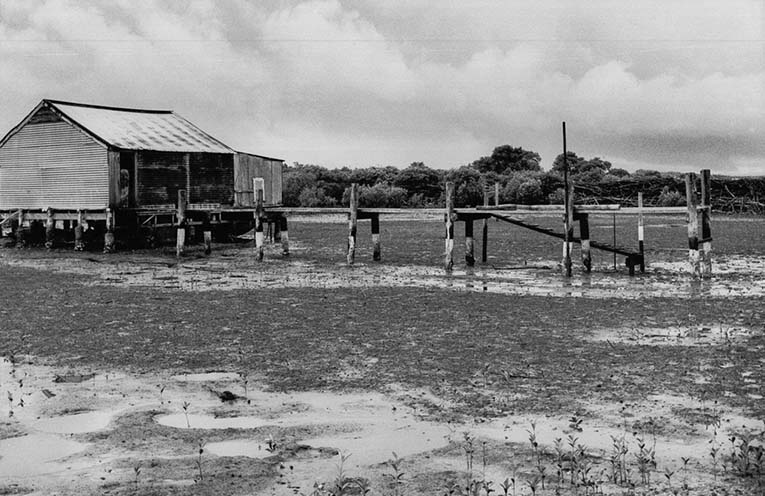
PERCIVAL (Perc) James Melville Browne married Isobel Thompson from Bishops Bridge near Kurri Kurri and the couple settled at Salt Ash in 1890 with 200 acres.
Originally a market gardener who ran a few cattle and kept orchards of oranges and apples, Perc started oyster farming as leases were being offered in 1922.
Percy’s son Henry Remmington “Harry” Browne followed his father into the oyster business as did Harry’s sons John and David, who worked as partners for 50 years.
On their launch “Alice B”, the Brownes have been working Tilligerry Creek for four generations.
The family is a wealth of stories.
On one occasion, Harry Browne and his mates Ern “Daddy” Diemar and Sam Thompson were going up to have a look at a patch of mangrove sticks on the Macleay River in 1925.
The oystermen left Salt Ash in an old Ford T, originally Archie McKenzie’s bus, converted to a truck with a canopy. They travelled to Newcastle to get a hundredweight coil of tie wire to give to the fellow up on the Macleay who was cutting the mangrove sticks.
With the tie wire in the truck, off they went to Kempsey.
Tired of travelling all day the trio made their first camp at Stroud Road.
The next day they headed to Gloucester through Krambach and travelled sun up to sun down before reaching Telegraph Point where they made camp.
Next morning they motored over the hill and down into Kempsey, then to Jerseyville on the Macleay River – three days on the road from Salt Ash to Kempsey!
Back on Tilligerry Creek, working shoulder to shoulder with fellow oystermen, many tales were told.
Harry Browne had very fond memories of his association with Sam Thompson and one story that was relayed to me involved Sam and the Fisheries Inspector.
It was the first lease this side of Stuart Island where Sam Thompson had selected the ideal area to build his lease with a sand shoal situated within the boundary.
When the Inspector arrived to measure up his lease, Sam wasn’t there.
When the inspected lease was handed over to Sam it was 50 yards short of the sand.
On his return, Sam exclaimed to Harry Browne: “That’s not where I want it! I want the sand.”
“Well” asked Harry, “What are you going to do about it?”
“No problem,” was Sam’s reply as he jumped into his boat, rowed out to the lease and pulled all the marker pegs out and moved them to the lease area that he wanted.
Fifty years later a Fisheries Inspector arrived in Tilligerry Creek to conduct a resurvey of all the original selections including Sam’s.
It seems that resurveys were not conducted too frequently.
The Inspector could be seen scratching his head as he checked the coordinates he had been given.
He measured and remeasured Sam’s lease.
“Something is wrong here,” declared the confused officer.
“I will take the measurements from where the lease is. Obviously there has been a mistake.”
That was the way Sam did lots of things.
There was another occasion when the Fisheries Officer arrived to measure out 100 yards.
A stake was driven into the mud and Sam was asked to hold one end of the tape measure.
As the officer walked upstream Sam, with the stake in his hand, followed him for 20 yards and stopped before the Fisheries man wised up to his scheme.
When the Inspector left, the stake was replaced in its original hole.
All of Sam’s 100 yard leases were around 120 yards long.
Many of the iconic stories of the creek feature the RAAF.
There are very few interruptions on the creek so you can imagine the surprise when a RAAF helicopter hovered overhead, unannounced, at Browne’s oyster shed.
The chopper landed with a deafening sound in a whirlwind of dust on the turning circle reserved for trucks.
A wall of dry blocks toppled over and gear blew everywhere.
Work ceased as the oystermen, holding their hats, were approached by the pilot and a crew member in full flying uniform.
“G’day mate, we were just passing and saw some old oyster sticks that look like they are not being used.
“Could we have a few to take to our Commander as his wife would like them to tie up her dahlias?”
Then there was the time, some years later, when the Brownes were heading down to the Bay in their launch “Alice B” just on daylight.
There was hardly enough light to see, however there was just enough to see something sticking up out of the water.
It was soon realised that the strange object was the blade of a helicopter.
Motoring over to the blade and looking into the water John yelled to his mates: “There’s a helicopter down there!”
On contacting the RAAF base John informed reception: “We have found one of your helicopters, it’s in the creek.”
“We know about that, thank you,” came the reply from the RAAF, who promptly hung up.
“Well, how about that,” John said to himself, then went back to work.
Two days later the blade was still sticking out of the creek when it was announced by the media that there had been an accident with low night flying exercises and a helicopter had touched the water.
A week later the oystermen heard the true story.
A couple of crack pilots recently returned from Vietnam had taken a few young ladies for a moonlight spin, tipped the surface of the water and nose dived in.
Luckily all five swam ashore as the chopper sank to the bottom.
The shaken thrill seekers waded through the mud and managed to make it to Eric Holliday’s farm where they were greeted by Eric and escorted to the kitchen where they could dry out and clean off the mud.
Oddly this never made the papers.
By John ‘Stinker’ CLARKE

